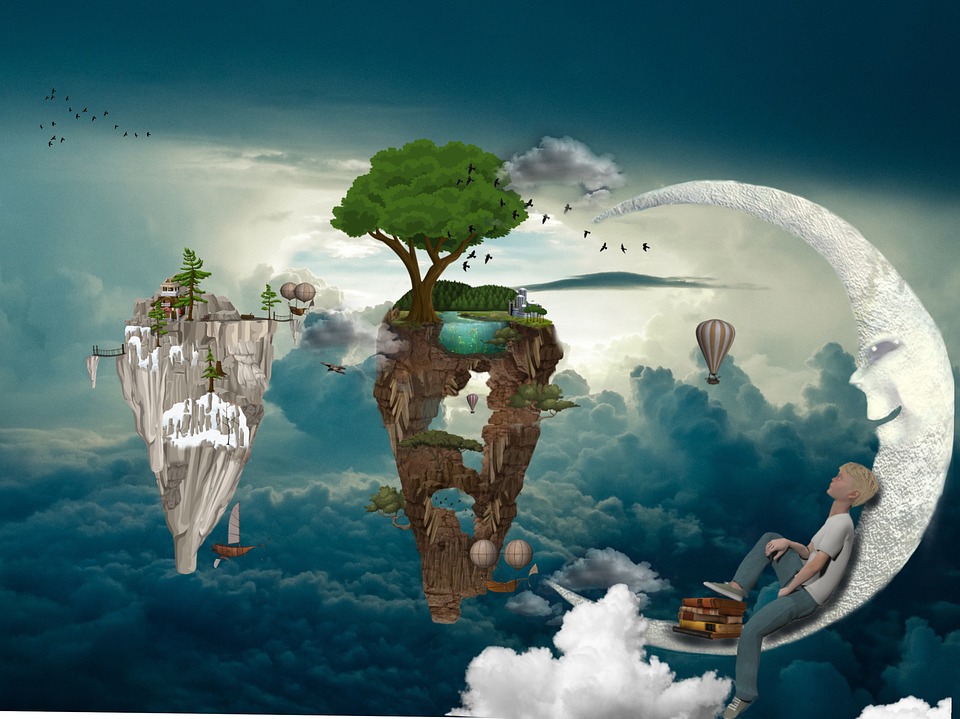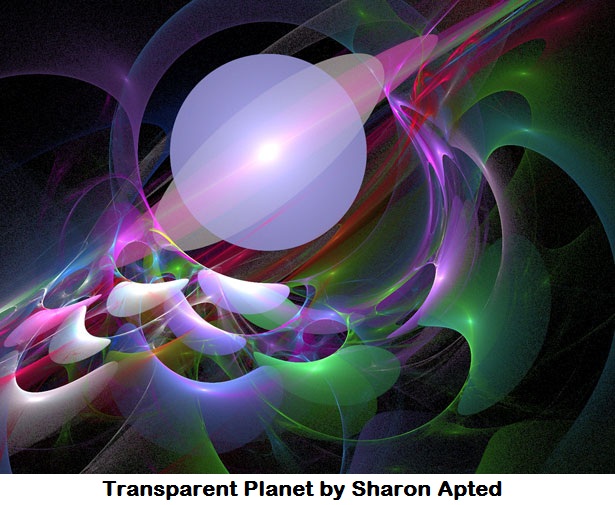Do you love stories involving queens and kings, thrones and castles, nobles and knights? Would you like to live under such a government?
Really?
An interesting Twitter thread inspired this blogpost. Author Ada Palmer responded to a tweet by Author Nnedi Okorafor. Okorafor stated how much she detested monarchies, and Palmer commented that fiction authors should be circumspect in their descriptions of monarchic governments, and show their disadvantages, not just their grandeur.
Often, in both fantasy fiction and science fiction, the story takes place against a backdrop of a monarchy presented as a fine and just government. Worse, some stories glorify the nobles, painting them as truly superior to their ignorant peasant subjects.
Palmer gives an example of a children’s tale where the simple commoners are confused and frustrated by some problem until the queen arrives to resolve the dilemma. Just as bad are the stories where a princess falls in love with a rogue, but alas, such a union is impossible until it’s discovered the rogue has noble blood, and only then can a wedding and happy ending ensue.
To a certain extent, I get it. As children, we grow up reading monarchy stories. It’s an easy concept, well suited to kids. Obey the king and queen (stand-ins for Dad and Mom). Pretty basic government. Much easier for young minds to grasp than senates and parliaments.
The kingdom motif lingers on in our psyche even as we mature, well after we recognize no human family is more fit to rule than any other. Americans fought our founding war to overthrow a monarch, yet free U.S. citizens today fawn over the British royal family and stand in huge crowds to watch guards change shifts at a castle.
Someday, perhaps, young children won’t be raised on a literary diet of medieval feudalism. Only when they’re old enough will they study human history and laugh at the idiocy of past monarchic governments, shaking their heads at the primitive stupidity of their distant ancestors.
Helping hasten that day, Dr. Seuss expressed proper disdain for autocratic rulers in books such as Yertle the Turtle and Bartholomew and the Oobleck. Future children need more Bartholomews and fewer royals. Come on, writers of children’s books—give kids tales of wise peasants toppling corrupt kingdoms!
One respondent in the Twitter feed countered that a benevolent dictatorship is the best form of government. True, on rare occasions in history, kingdoms thrived under the leadership of wise sovereigns. Then the monarchs died, and their average or below-average heirs messed things up. Not a sustainable form of good government.
Don’t get the wrong idea. I’m not cheerleading for democracies either. All forms of human government suffer from one fault or another. Winston Churchill stated, “democracy is the worst form of government except all those other forms that have been tried.”
Democracies don’t choose leaders by familial line of succession, but rather through popularity contests—no sure-fire method of obtaining a wise head of state. History provides few examples of democracies, but the ones that existed often devolved into autocratic systems.
I agree with Palmer and Okorafor, but I’ll venture further. As observers and chroniclers of the human condition, writers shouldn’t glorify any brand of government. Fiction that does so comes across to readers like a morality play, a sermon.
Governments are systems for consolidating and legitimizing the use of power and force. As Lord Acton wrote, “Power tends to corrupt, and absolute power corrupts absolutely.” Therefore, governments—all governments—tend toward corruption.
But what do I know? I’m neither king, nor prince, nor duke or earl. I’m just—
Poseidon’s Scribe



